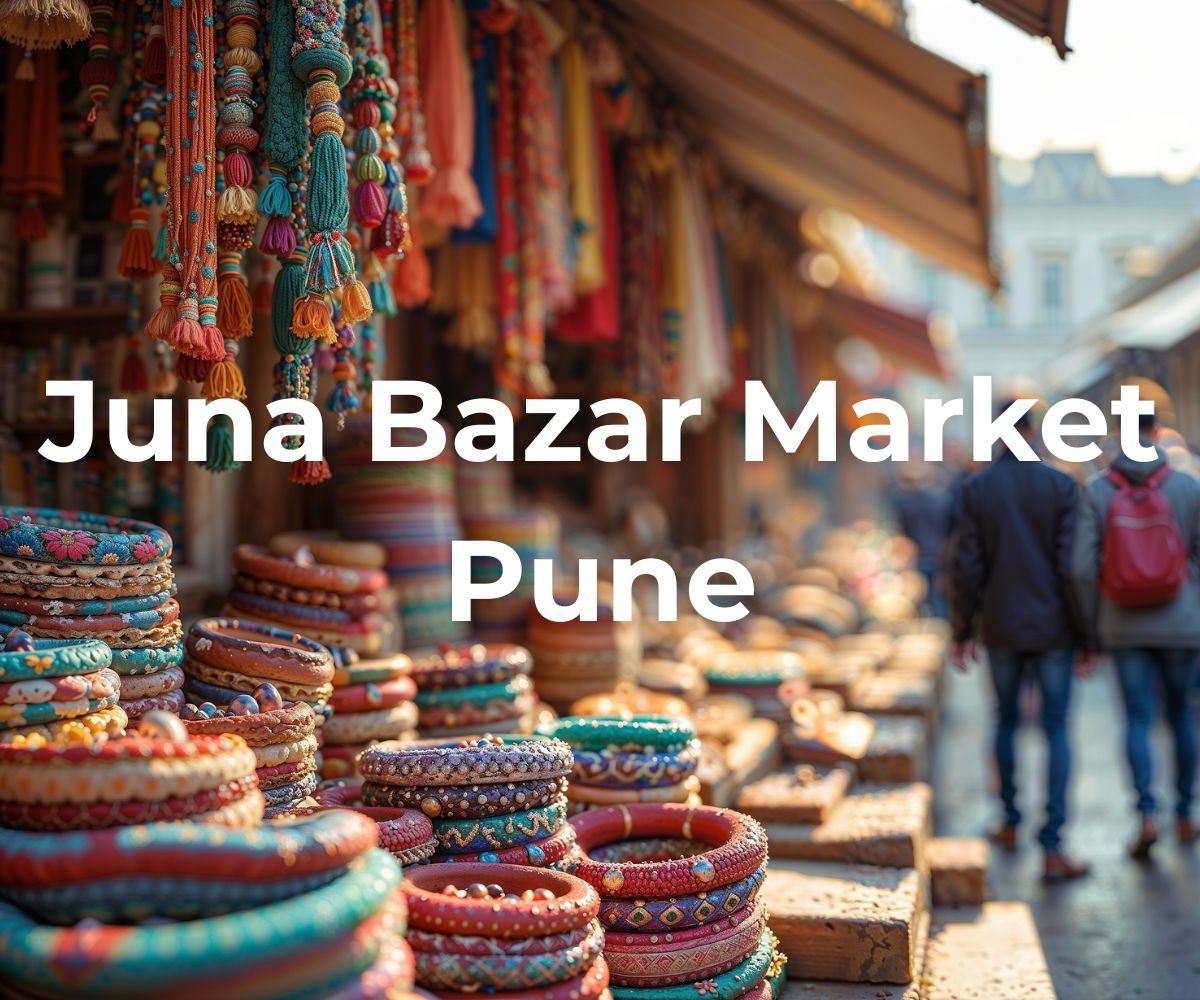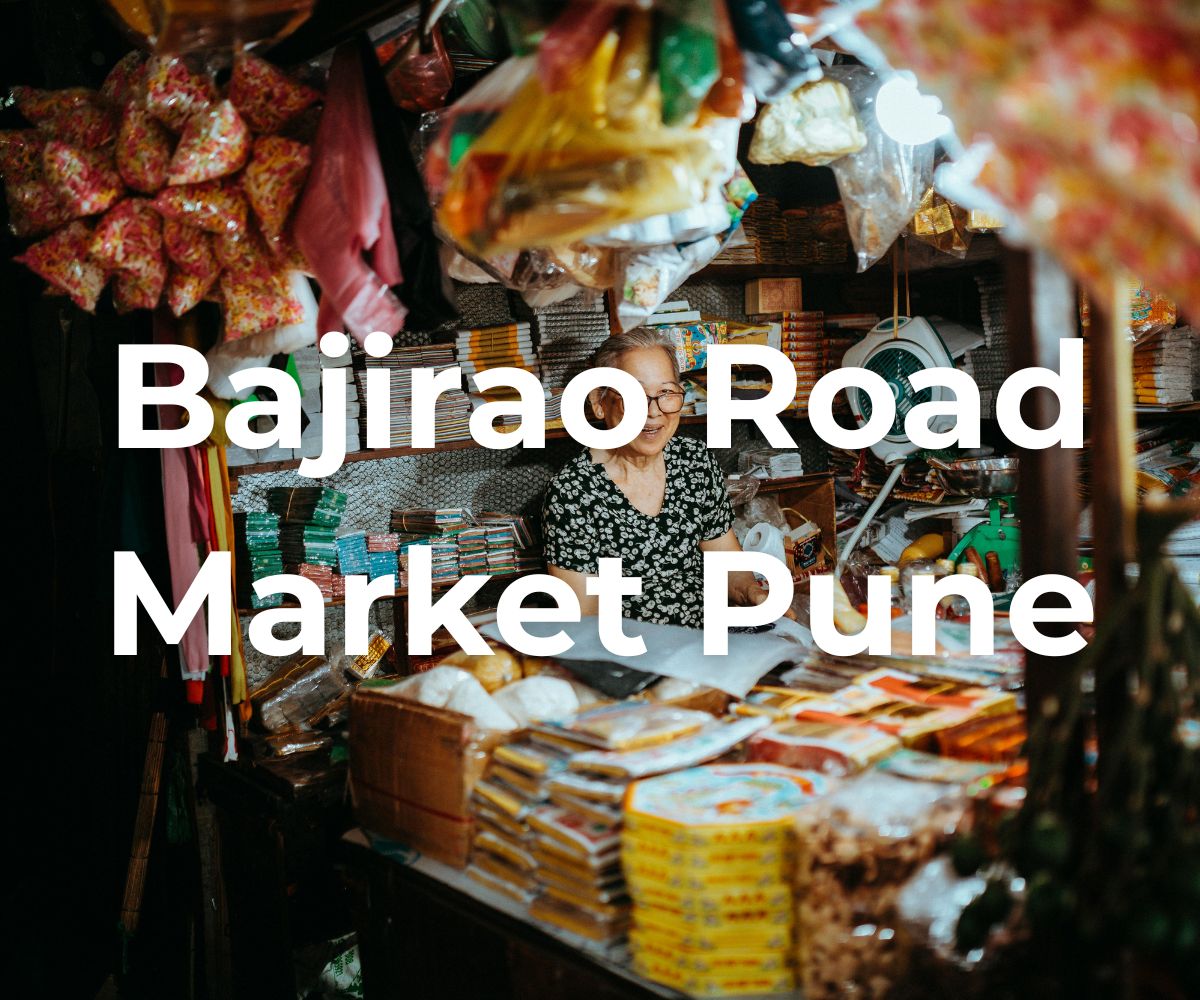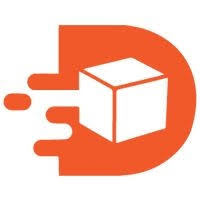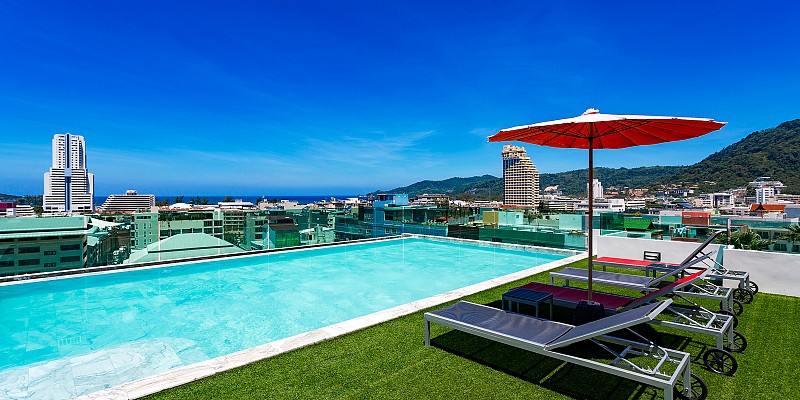juna bazar market pune
Description
Juna Bazar Market Pune – A Treasure Hunter’s Guide to the City’s Living Museum
Introduction
In the bustling heart of Pune, where the echoes of Maratha history mingle with the rhythm of modern life, lies Juna Bazar Market — an open-air time capsule. Translating to “Old Market,” Juna Bazar is more than a place to shop; it’s a celebration of nostalgia, craftsmanship, and community.
For locals, it’s part of weekly life; for visitors, it’s an unforgettable glimpse into old Pune’s beating heart. From antique brass lamps and vintage vinyls to used tools and forgotten relics, the market transforms discarded pieces of history into coveted treasures.
Whether you’re a collector, traveler, or photographer, Juna Bazar Market Pune promises a rare kind of adventure — one that invites curiosity, patience, and a love for stories hidden in the dust of time.
The Soul of Old Pune: History and Atmosphere
Juna Bazar’s origins stretch back more than two centuries, to the Peshwa era. What began as a small gathering of second-hand traders evolved into Pune’s most famous flea market. Over the decades, it has moved locations — from the grounds near Shaniwar Wada to the banks of the Mutha River, and today, the bustling lanes of Kasba Peth and Mangalwar Peth.
At first glance, Juna Bazar feels chaotic. Vendors shout over each other, bargaining fills the air, and the clang of metal mingles with laughter and Marathi chatter. Yet, within this seeming disorder lies rhythm. Every sound, scent, and color tells a story.
You’ll smell the tang of old books, machine oil, and masala chai; hear the whir of radios and typewriters being tested; see the vibrant tapestry of Pune’s people in one place — students, collectors, dealers, tourists, and families all weaving through the lanes.
Unlike the sleek malls of modern Pune, Juna Bazar retains its rustic authenticity. It isn’t curated — it’s raw, unpredictable, and alive. That’s what makes it magical.
When and Where to Go
The market operates twice a week — on Wednesdays and Sundays — and stretches along Veer Santaji Ghorpade Road, near Nava Pul (Shivaji Bridge), Kasba Peth, and Mangalwar Peth. It’s close to Shaniwar Wada and the Mahatma Phule Mandai area, making it easily accessible by public transport or auto-rickshaw. If you’re driving, arrive early; parking is limited.
Timings:
- Vendors start setting up by 8:00 AM.
- The market is in full swing from 10:00 AM to 4:00 PM.
- It begins winding down by 6:00 PM.
Best time to visit:
- Morning (8–10 AM): Ideal for first picks and cooler weather.
- Late afternoon (4–6 PM): Perfect for heavy bargains as sellers prepare to close.
If you’re planning your first trip, pin the area on Google Maps before leaving, and ask any local for “Juna Bazar” — everyone knows it.
What You’ll Find: Treasures in Every Corner
The charm of Juna Bazar lies in its variety. You never know what you’ll find — and that’s half the fun. Every lane offers a surprise, from household essentials to museum-worthy antiques.
1. Antiques and Collectibles
This section defines the market’s identity. It’s where old Pune meets the past lives of its people.
Expect brass diyas, temple bells, and kerosene lamps. Look closer and you’ll find typewriters, gramophones, film cameras, rotary phones, vintage radios, and even British-era coins. Some stalls hold forgotten family portraits or relics once adorning wadas (traditional Maratha mansions). Collectors visit hoping to uncover one-of-a-kind pieces — the kind that tell silent stories through their patina and imperfections.
2. Furniture and Home Decor
From carved teak trunks and rustic mirrors to industrial lamps and wooden panels, this section attracts home decorators and DIY enthusiasts alike. Many items require polishing or repair but carry a charm unmatched by mass-produced furniture. Antique door handles, enamel plates, and glass bottles make perfect vintage accents for any home.
3. Tools, Hardware, and Industrial Scrap
For tinkerers and mechanics, this section is heaven. Used hammers, saws, wrenches, bolts, and switches line the ground. You might find a spare hinge for an old cupboard or the perfect screw for a restoration project. The tools are often high quality and sold at throwaway prices.
4. Electronics and Vintage Tech
This is where nostalgia meets risk. The electronics section offers everything from retro transistor radios and tape recorders to 1990s game consoles. Some gadgets still work; others make fascinating display pieces. Always test items when possible — functionality can vary, but the thrill of discovery remains constant.
5. Books and Media
For readers, Juna Bazar is paradise. Tarpaulin sheets overflow with novels, academic books, and rare finds. You can stumble upon old Marathi classics or first-edition English paperbacks for pocket change. Coffee-table books and magazines appear often — perfect for collectors or decor enthusiasts.
6. Clothes and Accessories
Expect second-hand jeans, belts, scarves, jackets, and bags. Some stalls sell military surplus, such as boots and duffel bags. Quality varies, so inspect carefully and try before buying. It’s also one of Pune’s cheapest sources for quirky vintage fashion.
7. The Unexpected Finds
Every visit brings surprises — from retro bicycles and gym weights to vintage barber chairs and film posters. Sometimes, the most memorable finds are the most unexpected.
The Art of Bargaining
Shopping at Juna Bazar isn’t a simple exchange — it’s a performance. Bargaining is expected and enjoyed when done respectfully.
Tips for a successful deal:
- Start low: Offer 40–60% of the asking price.
- Stay polite: Smile, chat casually, and show genuine interest.
- Walk away if needed: Sellers often call you back with a better offer.
- Inspect carefully: All sales are final — no returns or warranties.
- Carry cash: Most vendors don’t take cards or UPI. Small denominations (₹10, ₹20, ₹50, ₹100) give you leverage.
Think of bargaining as a friendly game. When done with good humor, it builds a connection and earns you better prices.
How to Spot Quality and Care for Your Finds
Since the market sells used and antique goods, knowing what to look for helps you avoid disappointment.
Brass and Copper:
Real brass feels heavy and has a natural patina. Avoid overly shiny or painted surfaces pretending to be antique.
Wood:
Check for solid grain, smooth joints, and signs of termite damage. A solid thud (not a hollow one) when tapped indicates good quality.
Glass and Ceramics:
Hold pieces to the light to spot cracks or chips. Avoid drastic temperature changes when cleaning.
Textiles:
Inspect seams, zippers, and buttons. Wash separately the first time to avoid color bleed.
Electronics and Tools:
Test before paying. If unsure, ask the seller to demonstrate functionality.
Once home, clean gently:
- Brass/Copper: Wash with mild soap, dry immediately, and polish lightly.
- Wood: Use linseed oil or wax for shine.
- Glass/Ceramics: Wash by hand.
- Textiles: Handwash or dryclean.
A little care helps these pieces live on for years.
Food, Comfort, and Local Flavors
Exploring Juna Bazar is hungry work. Thankfully, the food stalls around the market offer the perfect refuel. Try vada pav, misal pav, samosas, and bhel puri, washed down with a cup of cutting chai or lime soda.
If you prefer a sit-down meal, there are small eateries nearby serving authentic Maharashtrian food — simple, hearty, and satisfying. Stick to busy stalls with high turnover for freshness.
Stay comfortable:
- Wear closed shoes — lanes can be uneven.
- Carry a hat or umbrella in summer.
- Keep a water bottle handy.
- Use a crossbody bag for safety in crowds.
Photography Tips
For photographers, Juna Bazar is a dream. The textures, faces, and colors make for striking visuals. Early morning offers the best light — soft, golden, and dramatic. Focus on details: rusted locks, stacks of brass pots, or rows of vintage posters. Always ask before photographing people; most vendors are friendly when approached politely.
Sustainability and the Circular Spirit
Long before sustainability became a trend, Juna Bazar embodied it. Every reused item extends its life and reduces waste. By shopping here, you support small-scale traders and repair culture — the heart of a circular economy. It’s where commerce meets conscience: buying used goods saves money, reduces consumption, and preserves heritage.
In an age of disposable consumerism, Juna Bazar stands as Pune’s quiet protest — a weekly reminder that value isn’t always new.
Sample Visit Plan
Two-Hour Treasure Hunt:
- 0–15 mins: Walk through first lanes; mark interesting stalls.
- 15–45 mins: Compare prices and inspect items closely.
- 45–60 mins: Short tea break.
- 60–90 mins: Return to top picks and bargain.
- 90–120 mins: Final buys and quick browse for trinkets.
Budget Snapshot:
- Snacks and transport: Low cost.
- Small decor or books: ₹100–₹500.
- Furniture or antiques: ₹1,000–₹10,000 depending on rarity.
- Keep some extra for polishing, framing, or repairs.
Common Mistakes to Avoid
- Buying without checking the item size or function.
- Rushing the bargain or losing patience.
- Carrying only large notes.
- Assuming every old item is valuable.
- Skipping condition checks.
Remember, the best finds reward careful inspection and respectful negotiation.
Why Juna Bazar Matters to Pune
Juna Bazar isn’t merely a market; it’s part of Pune’s cultural DNA. It sustains local livelihoods, nurtures craftsmanship, and preserves memories through objects. Each transaction — whether for a 50-rupee book or a 5,000-rupee antique — keeps alive an ecosystem built on reuse and repair.
The market is also a great equalizer: students, artisans, historians, and tourists all share the same dusty ground. In that mix lies Pune’s enduring charm — inclusive, grounded, and endlessly curious.
Final Thoughts
Juna Bazar Market Pune is a living story told through the language of objects. It’s messy, loud, and sometimes overwhelming, yet profoundly human. Here, every rusted key, cracked camera, or faded postcard whispers of a life once lived.
Go early. Walk slowly. Talk to the sellers. Bargain with kindness. Whether you leave with a brass lamp, an old typewriter, or nothing but memories, the experience will linger — as a reminder that history doesn’t only live in museums, but also in markets where the past still trades hands.





















